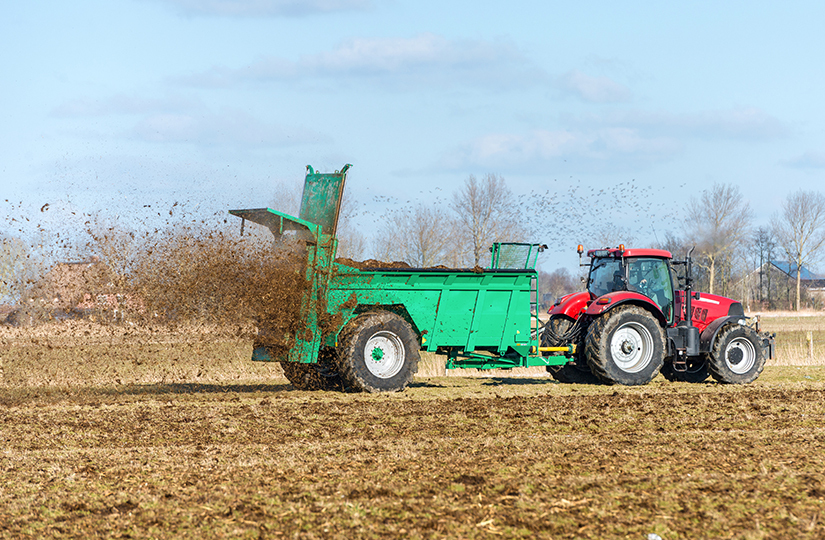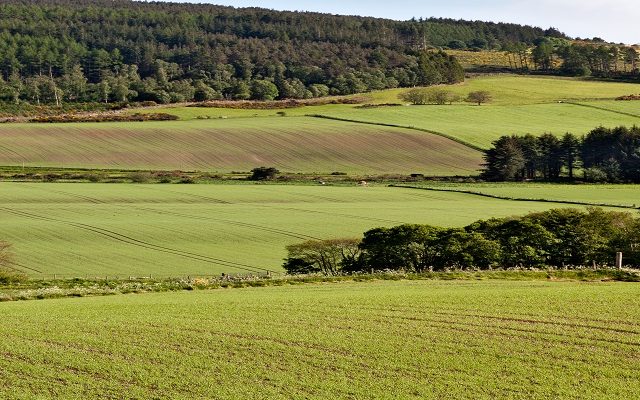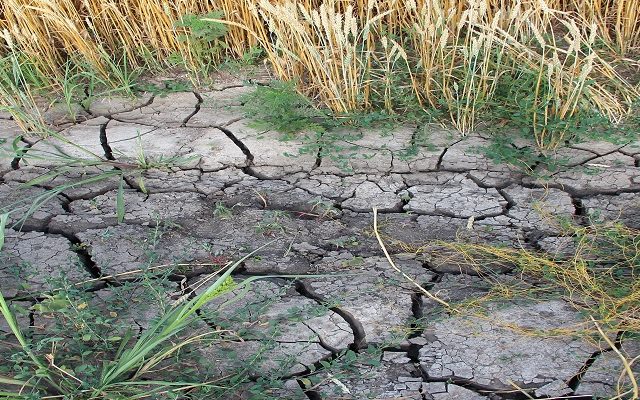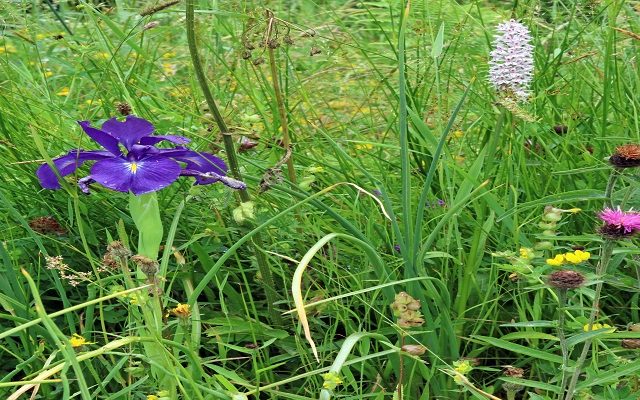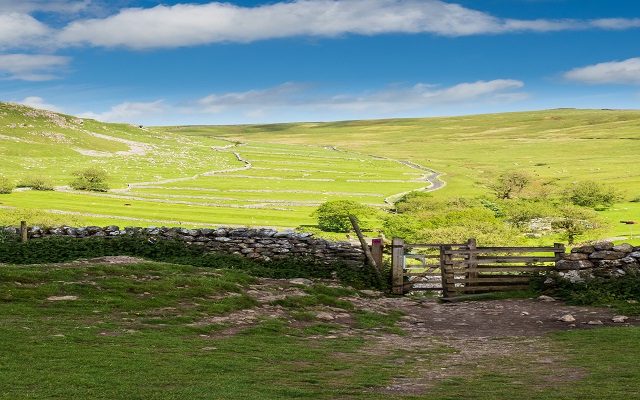Scottish Farming Update February 2021
Welcome to this quarter’s Scottish Farming Update, which is produced by our Farming Research Group and reports on market and administrative issues that affect farmers’ business decisions and on which they may need to act.
MARKET UPDATE
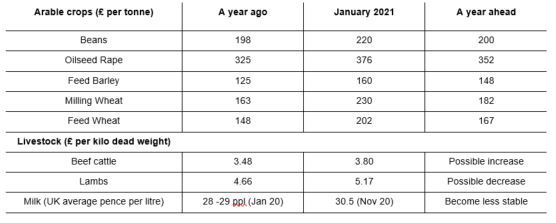
Sources
Arable crops: AHDB & FW. Prices are ex farm. Future prices are indicative bids from agricultural traders. Livestock: QMS/AHDB. Beef R4L steers and lamb R3L specification. Future prices from outlook reports. Milk: AHDB.
ARABLE CROPS
Global: Grain Production Report
Global grain production in 2020/21is predicted to increase by 33 million T on last year, this is with record crops expected of wheat and barley. (International Grains Council)
Globally wheat prices surged last year despite record production and global stocks ending up at a record high. The USDA report that the high prices appear to be led by China and India who have been building up larger government stocks, and in China in particular, as they currently hold more than a years’ worth of the nation’s consumption in stock. However, this next year is expected to see reductions in global supplies, as higher consumption, particularly in China and India will outweigh a record year of wheat production (USDA). In addition, news that Russia is about to increase its wheat export tax has also supported wheat markets during January.
Dry conditions in the USA and Russia during the autumn when new crop wheat was being drilled has strengthened prices for new crop wheat. (USDA)
Soybeans
Soybean production is also set for a record year globally, driven by a larger area of the crop in the USA, and an improvement in the South American crop’s productivity from last year. This increased supply is set to be more than matched by China’s recovering pig herd (post African Swine Fever’s decimating effect) which will be requiring more protein. (International Grains Council).
UK MARKETS
Wheat
Old crop feed wheat is currently trading at over £200/T (milling wheat is achieving up to £238/T) having risen sharply during December and January(AHDB). Stocks in the UK are low owing to the smallest harvest since 1981 according to DEFRA’s revised harvest estimate published in December. This put the 2020 wheat harvest at 9.66 million tonnes (40.5% lower than in 2019) with an average yield of 7.0 Tonnes/ha along with a reduced crop area. The limited stocks are causing the UK price to track the global values, which appear well supported.
New crop wheat futures at this time of year for the following November are currently at the highest point in the last seven years, at £168/T, which equates to an ex-farm price of around £160/T for feed wheat, November movement. The UK-EU trade deal being signed at the last minute caused a lot of uncertainty towards the end of the year, but the announcement that there are no tariffs for wheat being exported to the EU is welcome news for 2021 when the UK expects to return to being a net exporter of wheat again. Having to chase non-EU trade for the UK exports would have had an impact on UK farm gate prices.
Barley
Malting barley demand and thus prices are still suffering as brewers struggle to shift products in a locked-down world. There is little trade happening here as a result. With news of the coronavirus vaccine being rolled out brewers may begin to predict an opened up of society which they feel they can forward buy barley for soon, and with the Brexit trade deal in place the EU is again a market for the UK malting barley grower.
The feed barley price remains at an enormous price difference to feed wheat, of over £50/T, putting feed barley at around £150/T for February movement. Barley was being pushed through the ports in late 2020 as the UK’s surplus was rushing to be exported before Brexit (in case no trade deal was agreed as this would have seen tariffs applied to exports to the EU). The log-jam has now become less pressured and will smooth out through the spring, this might support prices a little as farmers no longer feel the need to be rid of it so quickly. Prices could also be supported by the Russian export tariff which will be applied from mid-February, which will increase the price charged by one of the UK’s export competitors.
Oilseed Rape
The UK’s Oilseed rape story has faded from the headlines recently – however prices are strong for this crop at the moment and appear to be well supported by strong prices globally for soybeans and other oilseeds.
The ban on neonicotinoid seed dressings means that many farmers in England are growing smaller acreages or have abandoned the crop altogether, as they simply cannot stop the crops being eaten by Cabbage Stem Flea Beetle. The AHDB early bird survey reports that plantings for the 2021 harvest have reduced again, for the third consecutive year: 18% lower than the 2020 harvest area. This suggests that those who have found a way of growing the crop will benefit from strong prices when they come to sell, as the UK will be importing ever larger amounts to make up the shortfall.
LIVESTOCK
Regenuary and Veganuary
Veganuary has some competition on the block – Regenuary. With the subject of Regenerative Agriculture grabbing the attention of people on both sides of the farm gate Glen Burrows (co-founder of the ethical butcher) has found a way to push it further into the limelight. The public awareness of environmental and welfare standards being laid bare by the furore of the American chlorinated chicken debacle shows that movements such as Regenerative Farming will create quite an attractive proposition to UK consumers. Where Veganuray started in terms of creating awareness for animal welfare and environmental impacts of food consumption Regenerative farming may finish in mopping up all those who care about those issues but are unwilling to give up meat and dairy in their diets, as reported in the Farmers Guardian.
Beef and cattle
The first exports of UK beef to the USA in over 20 years made their way onto American plates in the autumn from Northern Ireland. Secretary of State for International Trade Liz Truss’ department estimates this new flow may be worth up to £66 million over the next 5 years. This came a year after the UK beef to China trade opened up again after a similarly long period. It appears the mantle of the BSE outbreak has finally been lifted form the UK beef industry, and it also shows how long it can take to undo the damage from disease control failures.
With the Brexit trade deal signed, the EU market for UK beef remains open too. In the context of the positive trade outlook for beef, the UK prime cattle deadweight average price is well above the 5-year average at 370.5p/kg on 6th January (AHDB).
Lambs and sheep
Lamb prices remain supported and are well above their 5-year average too at 487p/kg deadweight (AHDB). The Brexit deal and a drought in New Zealand (reducing lamb production there) will provide further support to the industry. The sheep farmers in the UK had weathered quite a storm of uncertainty, but the regular lockdowns and hence high home cooking demand for lamb mince and roasting joints have made 2020 a good year in terms of lamb sales and there appear to be blue skies on the horizon (or red skies at night) as we go into the lambing season.
Dairy
UK dairy production hit a 25 year high in November (FarmingUK) this was against a picture of uncertainty about a trade deal and a shrinking Dairy herd (down 2.8% on last year in cow numbers). The shrinking UK herd at such a rate is thought to be the effect of low calving numbers in 2016-2017, since then there has been an increase in heifer calves born – thought to be a knock on from the increased use and efficiency of sexed semen being used on farms. It appears the average cow’s milk yield is rising to make up for the falling herd numbers.
The status of the UK as a “Third County” in relation to exports to the EU may cause some disruption to the fresh milk market here. Historically the milk industry has been able to send excess fresh milk to the continent, but this process needs to be able to be at short notice and have a quick turnaround. In the new trading conditions each load of fresh milk will need to apply for an EHC (export health certificate) before being exported, this will add time and cost to the process. A build-up of excess fresh milk might create a very variable milk price at the farm gate while the milk processors adapt to the changes.
Arla has introduced a new scheme called ECHAV – Every Calf Has A Value. In response to greater public awareness of animal welfare on farms Arla gave producers nearly 18-months warning that from the 1st of January this year they may no longer euthanize any calves less than 8 weeks, Arla will follow a “one strike and out” policy for anyone flouting the rules.
The UK average milk price for November 2020 was up to approx. 30.54ppl (AHDB).
Pigs
There have been reports of excessive delays at ports according to major pork processors, this is being driven by new paperwork requirements which are causing delays on shipments of the highly perishable product. The National Pig Association claims up to 30% of UK exports to the EU are being checked at the border, whereas the equivalent figure for imports to the EU from New Zealand is more like 1%. This hold up has led to processors rejecting shipments and cancelling future orders (farming UK). This appears to be impacting the price of pigs at the farm gate, with the biggest decline in prices week-on-week since 2016 to 144.74p/kg deadweight, (this is still above the 5 year average however) – (AHDB).
FERTILISER & FUEL
Indicative fertiliser values are as follows: UK ammonium nitrate is currently priced at around £240/T, and urea is approx. £285/T Guide values for phosphate and potash are: Muriate of Potash (MOP) £250/T, Diammonium Phosphate (DAP) £370/T and Triple Super Phosphate (TSP) £270/T.
AHDB data reports red diesel was priced at an average of 51.51ppl for December 2020, while diesel at the pump was at 117ppl. This remains significantly below this time last year, as while the price of Crude oil is recovering it is still well below pre-pandemic prices.
COVID UPDATE
The new strain of Covid is spreading rapidly, and it appears that more people are asymptomatic with this one. It is sadly not surprising that the whole country is back in Lock-down after the slight relaxation of rules over Christmas, as the new strain runs riot through the population. Our thoughts are with everyone who has been directly affected by this disease.
The vaccines are being rolled out and some of our readers may already have received their first jab. We can only hope for swift progress with this programme.
The Government schemes for business support have been extended and are still open for applications. Some of these may close at the end of January, and if you have not previously applied for support you may still do so. Although agriculture is perhaps less affected than other industries, many farm businesses have had to close their diversified enterprises such as wedding venues, children’s play areas, cafes etc. The food and drink industry has also seen many changes in consumer demand for a wide range of products. There is no doubt that Covid had an enormous impact on many businesses.
The Government website makes it reasonably straightforward to find out what grants are available in each country, and there is a simple questionnaire to complete (turnover, number of employees, etc). The link is shown here;
https://www.gov.uk/business-coronavirus-support-finder
Updates on the general rules can be found on the relevant government websites:
ENGLAND: https://www.gov.uk/coronavirus
SCOTLAND: https://www.gov.scot/publications/coronavirus-covid-19-what-you-can-and-cannot-do/pages/overview/
POLICY AND REGULATION NEWS
UK – EU Trade Deal
Prime Minister Boris Johnson’s news on Christmas Eve that he had struck a trade deal with the EU was meant to give him something of a Father Christmas status, and for lots of farmers and agricultural traders it did lead to a big sigh of relief. What does it mean for the UK’s farming industry though?
- Although trade for most goods (notably apart from seed-potatoes) is tariff-free between the UK and the EU, there will be a degree of friction where there was very little before – particularly from additional paperwork and boarder checks (the NFU claims this may add around 5 – 8% to export costs).
- Many of the farming commodity flows that had been hindered by the impending potential of a “no-deal scenario”, can now open up again, and there will be a kink in the graph for many of these flows as trading takes time to normalise again.
- Farming Industries that had suffered from chronic Brexit uncertainty in the last four and half years now have one more thing to rely on. This may prove to be a nudge factor to many farming developments and changes that have been waiting for this news.
- The UK’s farm support system is now completely independent from the EU’s Common Agricultural Policy and the UK’s four devolved administrations can begin implementing their own farm support payment systems.
- As a result of the UK’s independence of the EU’s regulatory standards, the UK can now explore new avenues in agricultural regulation. An example of this is George Eustace’s announcement at the Oxford Farming conference that DEFRA intends to carry out a consultation on the future of Gene-Editing in the UK. This might test the resolve of the EU regarding the trade deal’s retaliatory measures regarding food production standards.
Read more of our analysis of these issues in articles and papers on the Rural Hub rural.struttandparker.com/
Statutory minimum wage increases from 1st April 2021
The national living wage will increase to £8.91 per hour from £8.72 for workers aged 23 and above (which is a change from the current 25 years and above). The national minimum wage rates will also increase from 1st April:
- £8.36 per hour for 21 to 22 year olds (from £8.20)
- £6.56 per hour for 18 to 20 year olds (from £6.45)
- £4.62 per hour for 16 and 17 year olds (from £4.55)
- £4.30 per hour for apprentices (from £4.15)
Scotland’s Agri-Environment Climate Scheme (AECS) to reopen on 25th January on a restricted basis
SGRPID has announced a mini round of AECS for this year. The application window is due to open later this month and will close in June. The funding is limited to Organic conversion and maintenance, public access, and some options for designated areas and priority bird species (predominantly waders for the south of Scotland). This will enable organic producers to receive funding for 2022 onwards. The support for paths is perhaps a Covid-related move. Assuming the payment levels do not change, the funding is quite generous and can include fencing – so if you already have the public crossing your land, these paths can help to keep them on a route. We are not clear yet if schemes finishing at the end of 2021 will be offered an extension, or whether a full scheme will emerge in due course. Information will be updated on the SGRPID website or you can contact us for further details.
Covid Risk Assessments
Rues have been set out by the Scottish Government, which will be regulated by the Health and Safety Executive, on measures that require to be put in place by Farm Businesses. A register of farm visitors for track and trace purposes is required and a risk assessment should be carried out to identify measures that require to be put in place to risk of transmission of the disease.
FARM BUSINESS NEWS
Seasonal Workers Pilot expanded to allow farmers to hire up to 30,000 workers in 2021
This pilot scheme allows farming businesses to recruit a limited number of temporary migrants for specific seasonal roles in the horticultural sector. It is now managed by the Home Office under the T5 (Temporary Worker) Seasonal Worker immigration route. The change increases the number of workers that can be hired from the previous limit of 10,000. It will operate with four scheme operators (Concordia, Pro-Force and two new operators). The farming sector says that it requires around 70,000 seasonal workers so, although welcome, the increase will not meet demand. Businesses are already reporting that they are cutting production – partially and totally – due to the uncertainty, with some considering moving production overseas. The English Apples and Pears group said that ‘it’s beyond urgent’.
Cut to Annual Investment Allowance deferred for a year to boost investment in plant and machinery
This allowance gives businesses 100% tax relief on qualifying capital expenditure. The limit of the allowance was due to be cut to £200,000 a year but will be maintained at £1m until 31st December 2021.
Carbon Audits
Carbon audits can be funded through the Farm Advisory Scheme. The recent Sustainable Agricultural Capital Grant Scheme offered increased points for those that had carried out a carbon audit. With environmental benefit almost certain to underpin every new grant/subsidy scheme going forward, a carbon audit is likely to be of benefit when it comes to the scoring process. That aside it is a useful process to identify ways of driving business efficiency so get in touch with a member of the team if you would like to find out more.
No Immediate Change Anticipated to Forestry Grant System
Although we are awaiting an official statement from Scottish Forestry, since we left the European Union, the message from the regulator is that the existing grant system supporting woodland creation will remain in place for the foreseeable future and applications from agents and landowners should continue to be submitted via the established route. This is excellent news providing confidence to owners considering woodland creation on their land. New woodland creation will play a key role in our collective efforts to reach a net zero carbon future and the sale of carbon credits to companies wishing to offset their emissions is now becoming firmly established under the auspices of the Woodland Carbon Code. This is providing owners with an additional healthy income stream beyond the grant aid.
For established commercial forests, we have seen a sharp increase in the demand and price paid for Sitka spruce sawlogs and many processors are looking to shore up supply of wood for the coming year. This demand seems to be in part driven by the domestic supply in Ireland falling short as result of complications to the felling licensing system. It is certainly an excellent time to consider marketing your timber if you wish to capitalise on these good prices.
